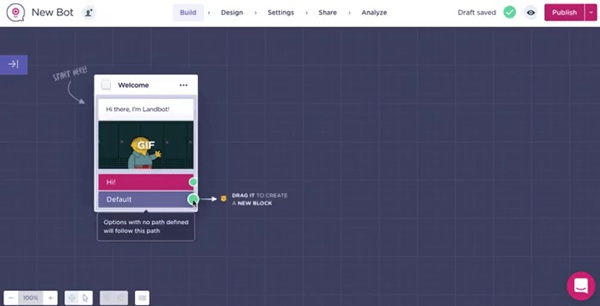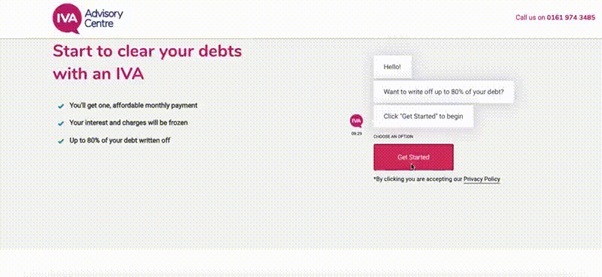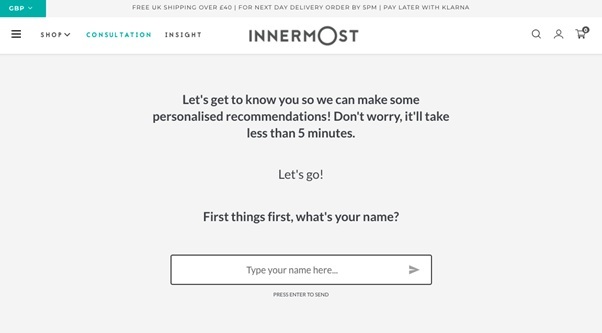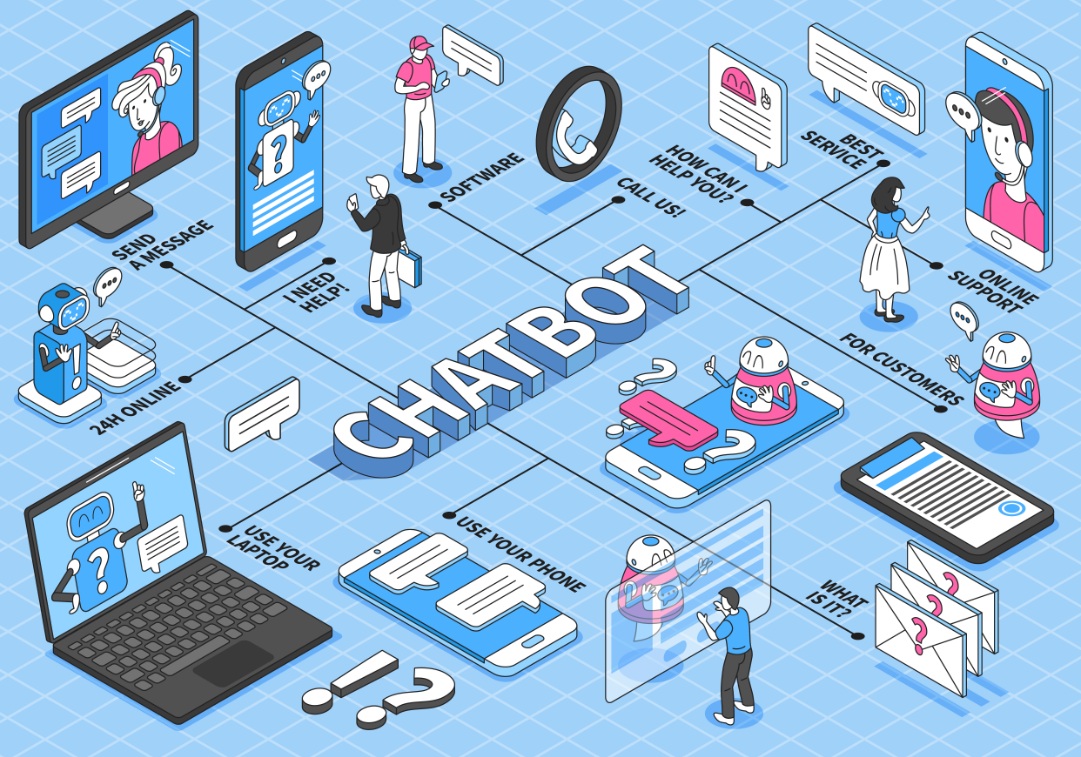Accelerated by the post-pandemic digital world, today’s online consumer is faced with more options than ever before. As businesses can no longer rely so heavily on in-person customers, web presence and digital marketing are the cornerstones of growth in 2021.
For some, this year was a wake-up call to get their online affairs in order. For others, they have already run successful campaigns, websites, and landing pages, but are now looking to invest in even greater numbers. Whichever side of the aisle you fall on, competition is high.
As a result, your target audience is overwhelmed with content, browsing for hours on end, with an ever-shortening attention span. Companies that want to see results in this climate need to explore new strategies that rely on automation, speed, and personalization.
Forrester reports that within only the next two years, global spend on marketing automation will reach upwards of $25 billion, more than double that of the past half-decade. A portion of that will be dedicated to one of the latest and most effective formats: chatbot marketing automation.
In this article, we’ll explore the rise of bots, their utility as a marketing tool, different use-cases, and how you can make a chatbot.
What Is Chatbot Automation?
In the world of marketing, chatbots act as an interactive digital interface. Whether B2B or B2C, they are designed to guide a prospect down a conversational avenue with clear and concise goals.
Dictated by answers or options, the visitor will ultimately end up at the product or service which is the right fit for them, based on the outcomes of the dialogue.
This process allows you to automate many different facets of marketing in a single event; data-collection, prospecting, lead generation, upselling, tailored content, and more.
Rule-Based vs. NLP
There are two main types of chatbots: NLP or Rule-Based.
NLP, or more commonly known as AI, uses natural language processing (hence the initials), placing the emphasis on making the interactions as human-like as possible.
These chatbots are fed mountains of data and are on a continual trajectory of improvement. As is the case with most AI, they can be costly and may pose issues at the roll-out stage.
On the other side, you have Rule-Based. These bots are set out via a step-sequencer, pre-designed in the back-end with different ‘routes.’ Every step or question that the user answers will take them down a linear path with a specific end goal for each.
Rich in design elements with readily available data, rule-based is a popular choice for results-oriented marketers.
Recent Rise In Popularity
Previously, the implementation of a tool like this would require extensive software knowledge. Advances in the chatbot space, and the rise of no-code, mean that they can be designed by anyone, even those with zero development experience.
No-code platforms simplify the creation of bots in a cost-effective manner, with some having interfaces as easy as drag-and-drop.

As you’d expect, hosting and building through one of these platforms comes at a reduced cost and time than in-house or outsourced work. In turn, this creates less risk, which means quicker implementation and testing.
The pandemic has provided valuable insight into the rise of chatbot automation. Restrictions on company premises, industry shutdowns, and working from home have meant that companies have had to:
- Adapt in all areas, quicker than they have had to before
- Future-proof for scenarios that would have seemed unlikely even a few years ago
- Make-do with limited resources
Modern chatbots can be adapted to landing pages, interactive web forms, surveys, conversational aids for any industry, etc. This has allowed companies to scale back on staff, commit resources to areas that need it most, whilst continuing to see a net positive benefit across the board.
This rise of personalized, low-cost chatbot options is backed by Accenture, which showed that 91% of customers prefer brands that offer tailored experiences.
How Can Chatbots Help You Face Marketing Automation Demands
In the same way that the typical consumer has evolved with the internet-era, so to have the tools that businesses have at their disposal. Today’s demands on marketers revolve around immediacy, familiarity, and personalization.
Familiarity Of Channels
Attempting to adopt a new system or process can be tricky, especially when it is completely alien to your audience. Chatbots can take the form of almost any traditional website element, creating a sense of familiarity and reliability.
An open dialogue is one of the most effective ways of collecting consumer data. Using communication channels that your target demographic is used to is a non-intrusive way to collect information that may have previously been forgotten.
Landing pages are a well-known, tried-and-tested marketing method; High-quality hero image, coupled with a call-to-action and an enticing offer. The only problem here is that you are constantly making small changes, hoping that this new tagline or picture will boost conversions.
Through implementing chatbot marketing automation, you can turn your entire landing page into a conversation. Consumers are used to landing pages, but a subtle twist on the traditional form is a guaranteed way to differentiate yourself from your competitors.

You also have the added bonus of being able to ask poignant prospecting questions at the same time.
Turn One-Way Marketing Interactive
Static contact forms are one of the most disheartening sights to see on a website. Too many fields and generic questions, all with no guarantee that the recipient will receive a reply in a timely manner. Routinely abandoned by users, web forms convert as few as 3%.
The alternative is to turn this on its head with a variety of different conversational website elements.
Smart forms operate in the same vein as a static form, except each question is presented only once the previous one has been answered. You can also tailor the next question based on the answer to the last.
Rather than waiting for users to submit their data to them, Innermost utilized Landbot to create a lead generation quiz. The popular nutrition brand developed a health-based tool that asked questions such as “do you ever feel groggy when you wake up?” or “how would you describe your diet?”

5000+ new leads later, it’s easy to see that visitors preferred answering lifestyle questions in this way, rather than a standard one-way channel.
Personalization and Data-Processing
Speed is of the essence. If a new prospect is at the discovery phase and they are enquiring into both your company and your competitors, one of the deciding factors will be who responds first.
Many traditional marketing elements give no guarantee of response, let alone reply times.
Answers to a form need to be submitted, qualified by a team member, handed off to the relevant person, an outbound contact made, and then answered. This process, if not properly optimized, can be the difference between a new sale or no sale.
Even with chatbot automation, you can still have this qualification workflow in place. However, if the prospect is in conversation with your bot, an initial response can be passed across immediately.
You’re also more likely to retain their attention if the buyer journey is personalized depending on what they are looking for.
You can even sequence it so that your visitor is initially presented with a product or service, and afterward, an agent reaches out to further qualify and upsell.
To Sum Up
The new normal has made many businesses rethink their marketing strategies. Increased competition, higher consumer demand, and the reshuffling of resources have created a landscape where standing out is key.
Utilizing low-cost, personalized, and fast-acting automation tools is a proven way to come out on top and chatbots are leading the charge.


 Table of Content
Table of Content










